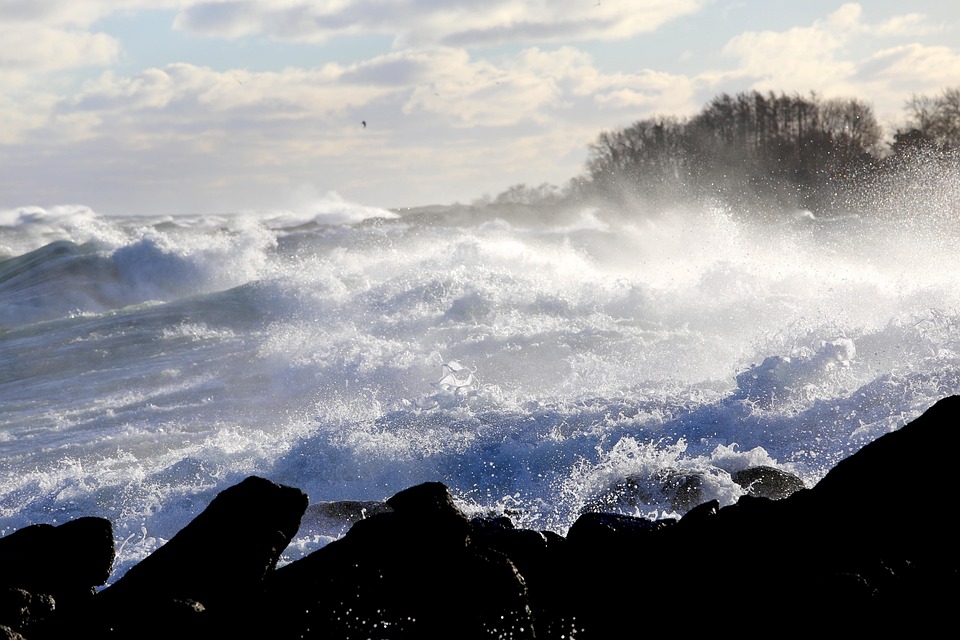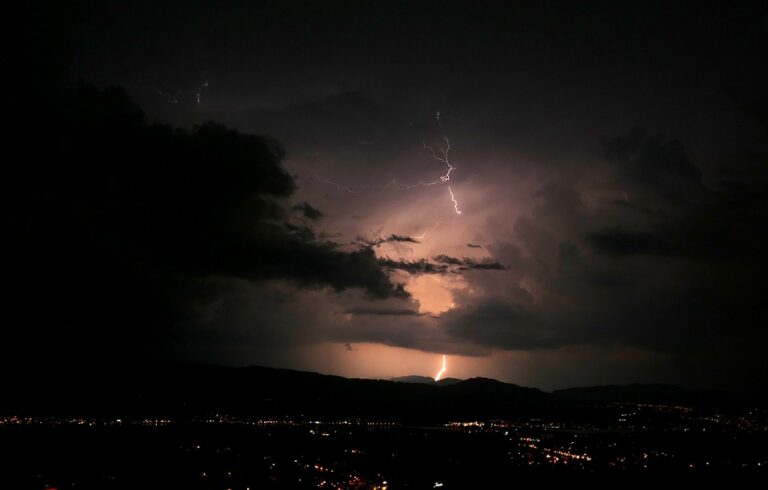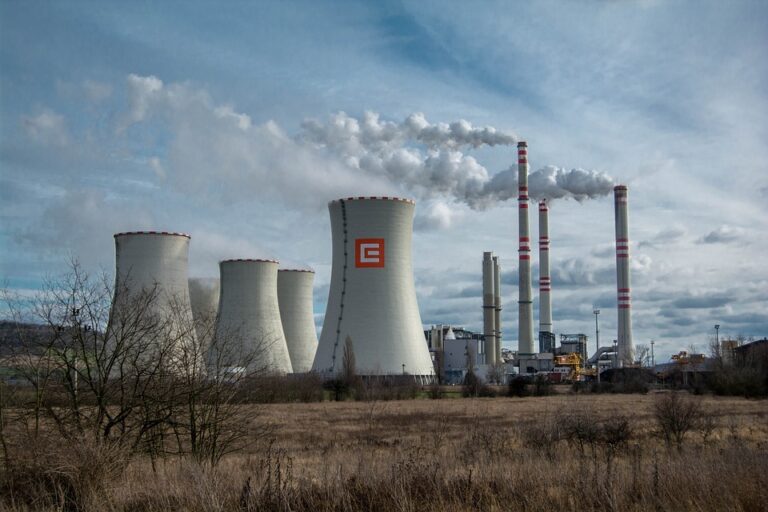Understanding Inland Storm Surges: A Hidden Threat

Inland storm surges might not be as widely recognized as their coastal counterparts, yet they pose significant risks to communities far from the shoreline. These events occur when strong winds from a storm system push water from large bodies like lakes or rivers inland, causing flooding and damage. Understanding their dynamics and impacts is crucial for effective disaster preparedness and response.
The Science Behind Inland Storm Surges
What Triggers an Inland Storm Surge?
Inland storm surges are primarily driven by intense wind systems associated with severe weather events, such as hurricanes, tropical storms, or even intense thunderstorms. These winds can push water from large lakes or rivers onto land, leading to flooding.
The topography of the land and the shape of the water body significantly influence the surge’s intensity and reach.
Difference Between Coastal and Inland Storm Surges
While both coastal and inland storm surges involve the displacement of water due to strong winds, their sources and impacts differ.
Coastal surges are primarily linked to ocean storms and can lead to saltwater intrusion, whereas inland surges involve freshwater and can affect areas that might not typically be considered at risk for flooding.
Factors Influencing Inland Storm Surges
Several factors contribute to the severity of an inland storm surge, including:
- Wind Speed and Direction: Strong, sustained winds can push water further inland.
- Topography: Low-lying areas and flat terrains are more susceptible to flooding.
- Water Body Size and Shape: Larger lakes or wide rivers can produce more significant surges.
- Preceding Weather Conditions: Heavy rainfall prior to a storm can saturate the ground, exacerbating flooding.
The Impact of Inland Storm Surges
Environmental Consequences
Inland storm surges can lead to significant environmental impacts, including:
- Erosion: The force of the water can erode riverbanks and shorelines, altering landscapes.
- Habitat Disruption: Flooding can destroy habitats for local flora and fauna, impacting biodiversity.
- Water Quality Issues: Surges can introduce pollutants from flooded areas into water bodies, affecting aquatic ecosystems.
Economic and Social Implications
The economic and social impacts of inland storm surges are profound:
- Property Damage: Homes, businesses, and infrastructure can suffer extensive damage from flooding.
- Agricultural Losses: Floodwaters can destroy crops and contaminate soil, leading to significant agricultural losses.
- Displacement and Health Risks: Residents may be displaced, and standing water can become breeding grounds for disease-carrying insects.
Case Studies: Inland Storm Surges in Action
The 2019 Midwest Floods
In the spring of 2019, the Midwest United States experienced devastating floods, partly due to inland storm surges.
Heavy rainfall combined with snowmelt led to swollen rivers and lakes, overwhelming communities and causing billions of dollars in damage. The event highlighted the vulnerability of inland areas to storm-related flooding.
The Impact on the Great Lakes Region
The Great Lakes region is particularly susceptible to inland storm surges. With vast water surfaces, strong winds can generate significant surges, impacting coastal cities like Chicago and Cleveland. The combination of high lake levels and intense storms continues to threaten these areas with periodic flooding.
Strategies for Mitigating Inland Storm Surge Risks
Infrastructure and Urban Planning
To mitigate the risks associated with inland storm surges, communities can invest in resilient infrastructure and strategic urban planning:
- Flood Barriers and Levees: Constructing barriers can help protect vulnerable areas from flooding.
- Improved Drainage Systems: Enhancing drainage can prevent water from accumulating and causing damage.
- Zoning Regulations: Implementing zoning laws can restrict construction in high-risk areas.
Community Preparedness and Education
Raising awareness and educating communities about the risks of inland storm surges is crucial:
- Emergency Preparedness Plans: Developing and regularly updating emergency plans can save lives.
- Public Awareness Campaigns: Informing residents about potential risks and safety measures can enhance community resilience.
- Community Drills and Training: Organizing drills can ensure that communities are prepared to respond effectively to storm surges.
The Future of Inland Storm Surges in a Changing Climate
Climate change is expected to influence the frequency and intensity of storm events, potentially increasing the risk of inland storm surges.
Rising temperatures can lead to more intense storms, while changes in precipitation patterns may result in more frequent flooding events. Understanding these trends and adapting accordingly will be vital for future resilience.
Conclusion: The Importance of Proactive Measures
Inland storm surges represent a significant but often underestimated threat to communities far from coastal areas. Understanding their causes, impacts, and mitigation strategies is essential for minimizing risks and enhancing resilience.
By investing in infrastructure, planning, and education, communities can better prepare for and respond to the challenges posed by these powerful natural phenomena.
As we continue to confront the realities of a changing climate, proactive measures will be crucial in safeguarding lives and livelihoods from the hidden threat of inland storm surges.






